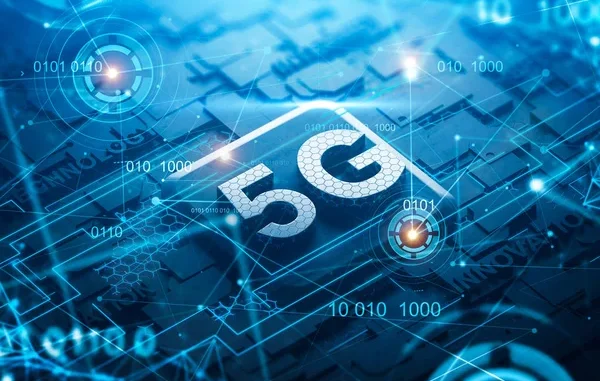
The deployment of 5G technology is a complex process that requires careful planning, coordination, and execution. Here are some of the key challenges and opportunities involved in the deployment of 5G technology:
Challenges: 1. Spectrum Allocation: 5G networks require a significant amount of spectrum to operate, which can be a challenge in regions with limited spectrum availability.








2. **Infrastructure Deployment**: 5G networks require the deployment of new infrastructure, including cell towers, small cells, and fiber optics, which can be expensive and time-consuming.
3. **Cybersecurity**: 5G networks are more vulnerable to cybersecurity threats due to their increased complexity and dependence on software-defined networks.
4. **Interoperability**: 5G networks require seamless interoperability with other networks and devices, which can be a challenge due to differences in technology and standards.
5. **Cost**: The deployment of 5G networks can be expensive, especially for small and medium-sized businesses (SMBs) and low-income communities.
**Opportunities:**
1. **High-Speed Data**: 5G networks offer much higher speeds than previous cellular technologies, enabling new use cases such as virtual and augmented reality, remote healthcare, and autonomous vehicles.
2. **Low-Latency**: 5G networks offer much lower latency than previous cellular technologies, enabling real-time communications and mission-critical applications.
3. **Massive Machine-Type Communications (mMTC)**: 5G networks can support massive numbers of devices, enabling new use cases such as IoT applications and smart cities.
4. **Enhanced Mobile Broadband (eMBB)**: 5G networks can provide enhanced mobile broadband services, enabling faster downloads, uploads, and streaming.
5. **Improved Quality of Experience**: 5G networks can provide improved quality of experience for users, enabling better video streaming, online gaming, and other applications.
**Deployment Strategies:**
1. **City-Wide Deployments**: Deploying 5G networks on a city-wide basis to serve large populations and provide comprehensive services.
2. **Small-Cell Deployments**: Deploying small cells to increase capacity and improve coverage in densely populated areas.
3. **Network Slicing**: Deploying network slicing to enable multiple services and applications to share the same network infrastructure.
4. **Edge Computing**: Deploying edge computing to reduce latency and improve performance in IoT and other applications.
5. **Artificial Intelligence (AI)**: Deploying AI to optimize network performance, predict maintenance needs, and improve customer experience.
**Key Players:**
1. **Telcos**: Telecommunication operators such as AT&T, Verizon, and China Mobile are deploying 5G networks and offering 5G services to customers.
2. **Device Manufacturers**: Companies such as Samsung, Apple, and Huawei are developing 5G devices and offering them to customers.
3. **Infrastructure Providers**: Companies such as Ericsson, Nokia, and Huawei are providing 5G infrastructure and enabling network deployments.
4. **Software Providers**: Companies such as VMware, Microsoft, and Google are providing software solutions for 5G networks and enabling new services and applications.
5. **Startups**: Startups are developing new 5G-based services and applications, such as augmented reality and artificial intelligence.
**Timeline:**
1. **2019**: First commercial 5G networks launched in several countries, including the United States, South Korea, and China.
2. **2020**: Widespread deployment of 5G networks in multiple countries, including the United States, Europe, and Asia.
3. **2021**: Availability of 5G services in multiple regions, including urban and rural areas.
4. **2022**: Widespread adoption of 5G devices and services, including smartphones, laptops, and IoT devices.
5. **2023**: Increased deployment of 5G networks in emerging markets, including India, Africa, and Latin America.
In conclusion, the deployment of 5G technology is a complex process that requires careful planning, coordination, and execution. Key challenges include spectrum allocation, infrastructure deployment, cybersecurity, interoperability, and cost. However, 5G technology also offers significant opportunities, including high-speed data, low-latency, massive machine-type communications, enhanced mobile broadband, and improved quality of experience.


Leave a Reply